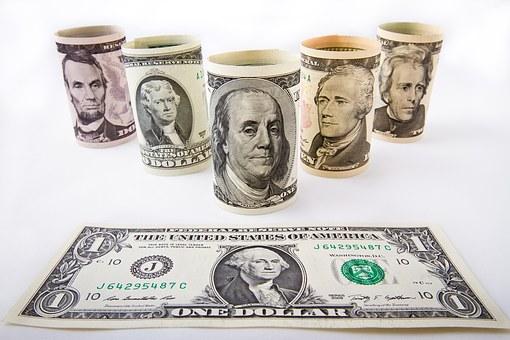
Fed Actions and Next Steps
I figured we should talk a bit about next steps with the market. And these steps are not those within your control. The steps are those that have and maybe should be taken by the Fed and the Federal government. Let’s dive in.
Alright, so I am writing this on Monday morning. The Fed (Federal Reserve) took some rather drastic actions yesterday in an emergency session. Their first action was to cut its benchmark interest rate to nearly 0%. Or, as some are describing it, they went Full Blutarsky. This is a reference to the Bluto character in Animal House who had the grade point of 0.0.
As some background, the benchmark rate is the interest rate banks and credit unions charge each other. All lending institutions are required to maintain a certain reserve level. Banks often borrow from one another to maintain this level. They charge one another rates with this borrowing. When the Fed lowers the rate it encourages borrowing, spending and investing. The less you have to pay in interest the more you can put to “better” use.
The Fed also cut the rate of emergency lending at their discount window to .25% and lengthened the loan term to 90 days. The discount window is important because it helps keep money flowing from banks to households. One note with the reduction of rates. Banks promised not to buy back any of their own stock for the next few months. As I’ve mentioned before, lots of companies have been using the low interest rates of the past few years to buy back their own stock.
Finally, the Fed embarked on a $700 billion quantitative easing program. You may be having flashbacks to 2008 with this term. Basically, the Fed will be buying about $500 billion of Treasuries and $200 billion of Mortgage-Backed Securities. The thought is to get more cash into the economy.
Here is the rub. The Fed is doing all it can, but to once again quote Eddy Elfenbein – they are pouring gas into a car with no wheels. These moves will help businesses, but it won’t necessarily have people out there spending money. I haven’t seen any data to back this up, but I have a feeling people are decreasing their spending right now. So, what can be done to kick up consumer spending, which drives so much of the economy? To paraphrase Princess Leia – “the Federal government is our only hope.”
You’re going to start hearing more economists and politicians calling for direct payments to US citizens or tax-paying residents. The numbers are usually along the lines of $1,000 for an adult and $500 for a child. Why does this matter? Well, let me harken back to my days in the public sector.
How many of you recall my background is being a graduate of what is now the John Glenn College of Public Affairs at Ohio State. Basically, I am a giant finance nerd that spent years in the public sector before becoming a financial advisor. However, I will always remember one lesson from Dr. Fleeter. People are better off if you give them cash to spend. The concept with giving cash to citizens is multi-faceted, however, having an extra $1,000 will help people get over a time when they may not be working. Again, put money in most people’s hands and they will spend it. Even if it is an “advance” on next year’s tax return.
The Fed does not have the ability to do this. Or, at least they should not do it. The Fed government is where this needs to come from. This is a much faster stimulus than cutting payroll tax (how does that help people not working?). The question is whether Congress and the President can come to agreement on such a plan. Stay tuned!
Again, lots of things moving quickly in the market and behind the scenes right now. Hopefully everyone is staying safe and healthy. As always, I appreciate you reading and sharing my stuff. Now is the time when communication and good information is a difference maker.
